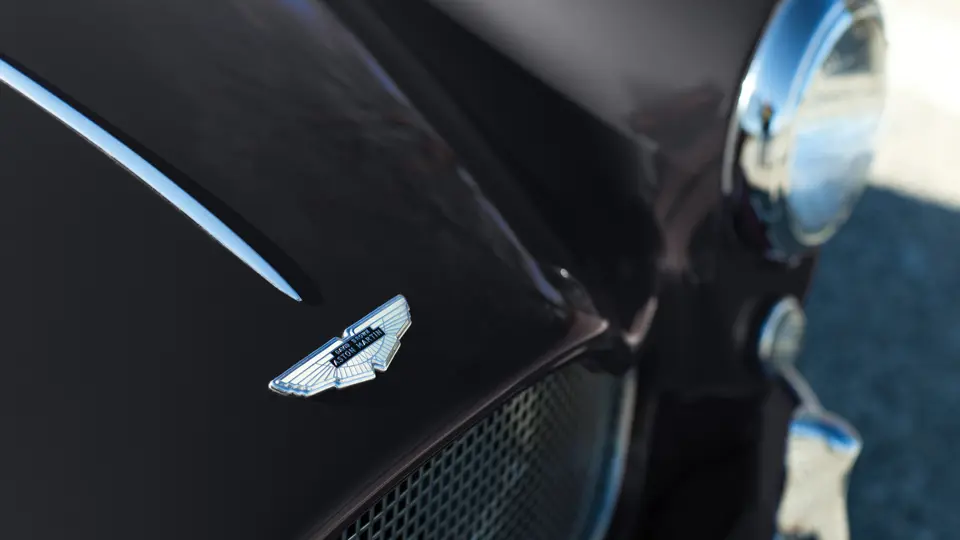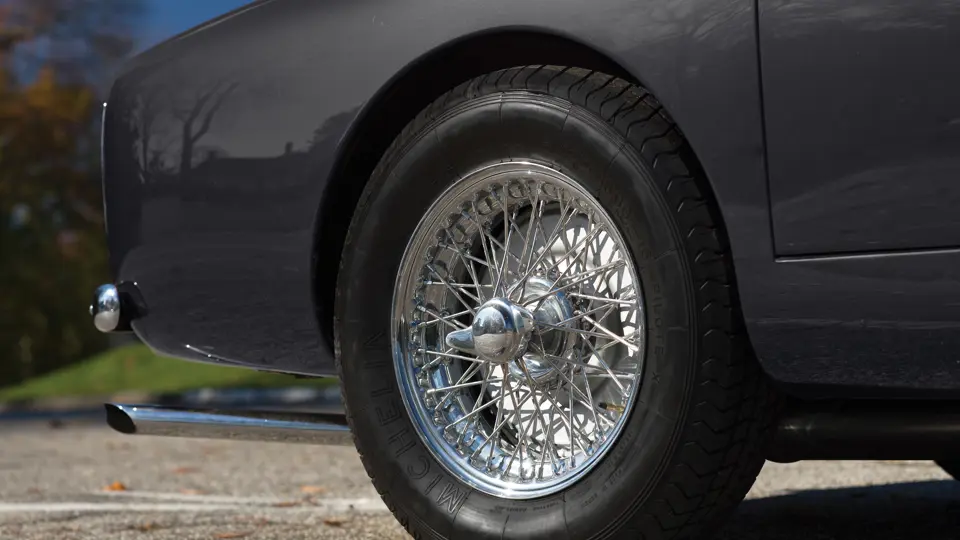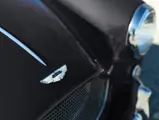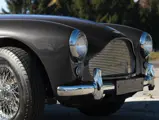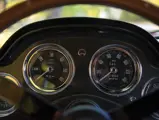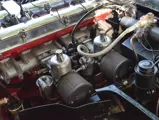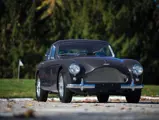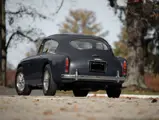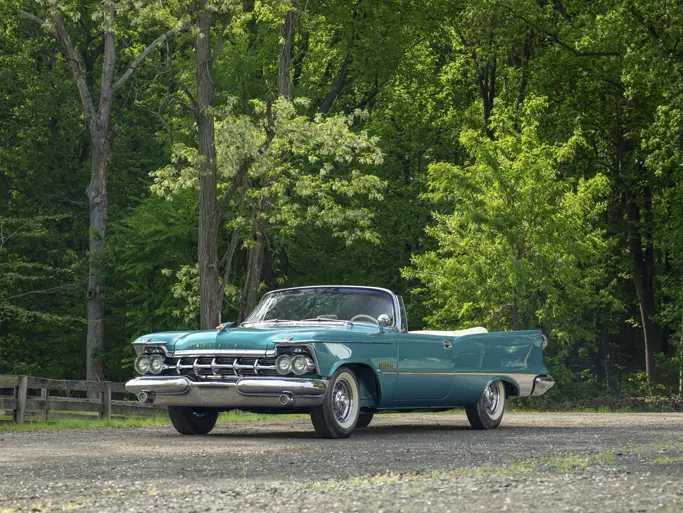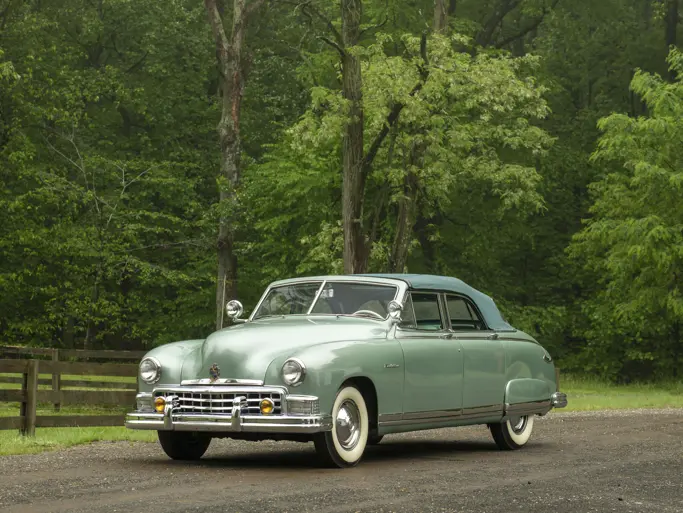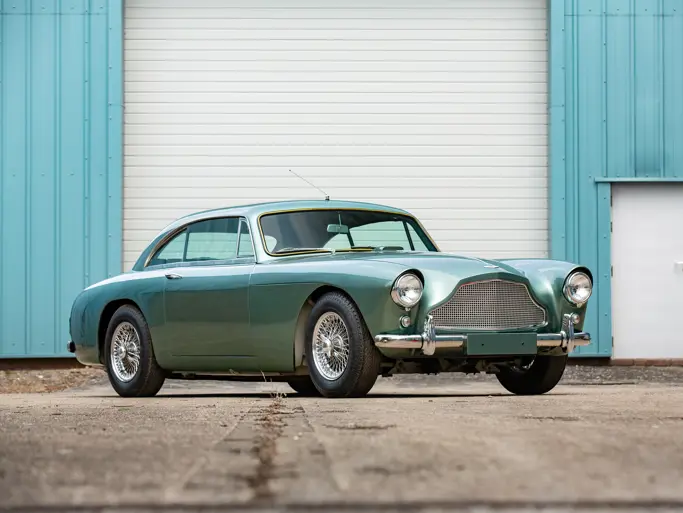178 bhp, 2,922 cc DOHC inline six-cylinder engine with twin SU carburetors, four-speed manual transmission, independent front suspension with coil springs, live axle rear suspension with coil springs and radius rods, and hydraulically assisted front disc and rear drum brakes. Wheelbase: 99 in.
When industrialist David Brown rescued Aston Martin after World War II, he first introduced the baroque 2-Liter Sports in 1948. This car was powered by a wheezy four-cylinder motor, which found a mere 14 buyers, but the DB2 of 1949 changed everything.
Aston Martin set its sights on competition success and sales “across the pond,” incorporating an all-new engine, which was developed based on W.O. Bentley’s Lagonda twin-cam six-cylinder unit; an elegant, handmade aluminum-bodied coupe; and handsome convertible coachwork on their new models. Proceeds from the 1950 New York Auto Show totaled $70,000, and the company was launched in America.
Meanwhile, David Brown had hired John Wyer to enter three cars for the 1950 24 Hours of Le Mans, two of which finished 5th and 6th overall and 1st and 2nd in their class. Aston Martin advertised this stunning success in motoring publications, and “win on Sunday, sell on Monday” proved true once again, as future F1 World Champion Phil Hill and Briggs Cunningham each bought early DB2s.
The next model was deemed the DB2/4, in reference to the occasional rear seating found below a folding panel. By 1957, 1,175 DB2s and DB2/4s had been sold, as the company was still a boutique operation, and then the final and most sophisticated version of the line, sometimes just called “DB Mark III,” added 551 units to the total by 1959.
The Mk III was the first Aston Martin to perfect the now ubiquitous trademark grille, with this iteration most reminiscent of the DB3S sports racers. In the Mk III, that shape was mirrored in the dashboard for the first time, as the instruments were moved directly in front of the driver. With a stiffer block, stronger camshaft, and bigger valves, the three-liter DBA engine was the ultimate development of the W.O. Bentley design. To further distinguish itself, it was the first Aston Martin model to offer disc brakes, albeit on the front corners alone.
According to a copy of its build sheet, chassis number AM300/3/1564 was originally finished in Satin Bronze over a Beige Connolly leather interior, and it came with a Smiths speedometer and rode on Avon Turbospeed tires. This factory left-hand-drive example was delivered on June 23, 1958, to the legendary S.H. Arnolt dealership in downtown Chicago. “Wacky” Arnolt was one of the most renowned automotive connoisseurs of the 1950s, as he was known not only for commissioning unusual, beautiful Bertone bodies, but he was also known for being a particular partisan of Aston Martins.
According to the owner, the car itself was sold on March 16, 1959, to John D. Milligan, of Ypsilanti, Michigan. Milligan owned the car until 2010 and commissioned a restoration in the mid-1980s. It comes accompanied with a copy of the original Bill of Sale, repair and restoration records, and the instruction manual.
The car has recently been refinished in an elegant gunmetal grey, which suits its muscular but understated lines well. The finish is brilliant, with a deep, rich shine, which is nicely complemented by an interior in rich red Connolly hides. Under the hood and under the car are detailed to show condition, with only the lightest signs of road use, and the chrome wire wheels sparkle nicely within their menacing blackwalls. Mileage recorded on this car’s odometer is under 51,700, which may well be the actual mileage from new, and the car is reported by its owner to run and drive exceptionally well.
This wonderful Aston is great for touring, as it remains as swift a “gentleman’s express” as when new, and it is just as much of a grand pleasure to drive. Not to mention, with strong growth among later DBs, it is an accessibly priced joy for enthusiasts.

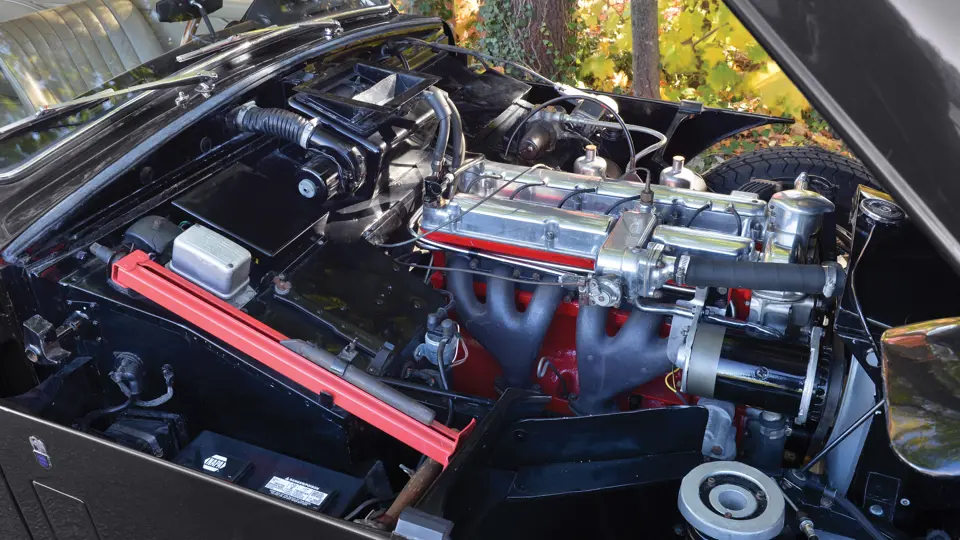



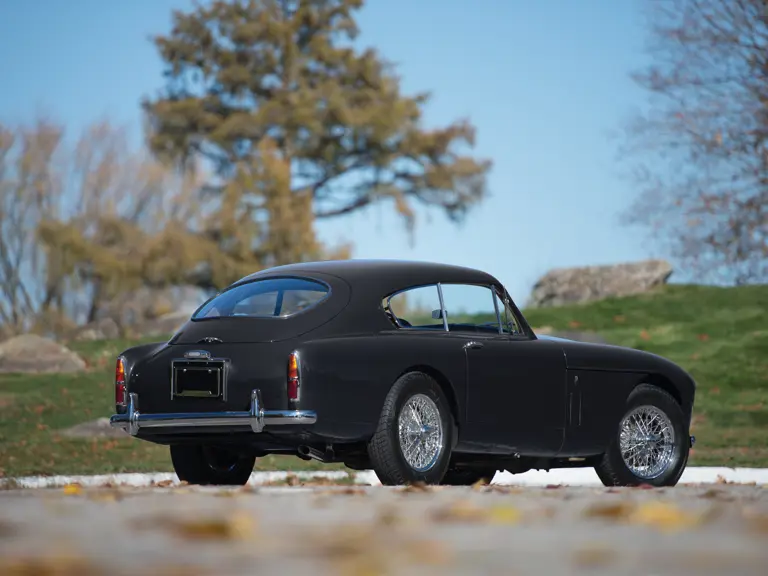
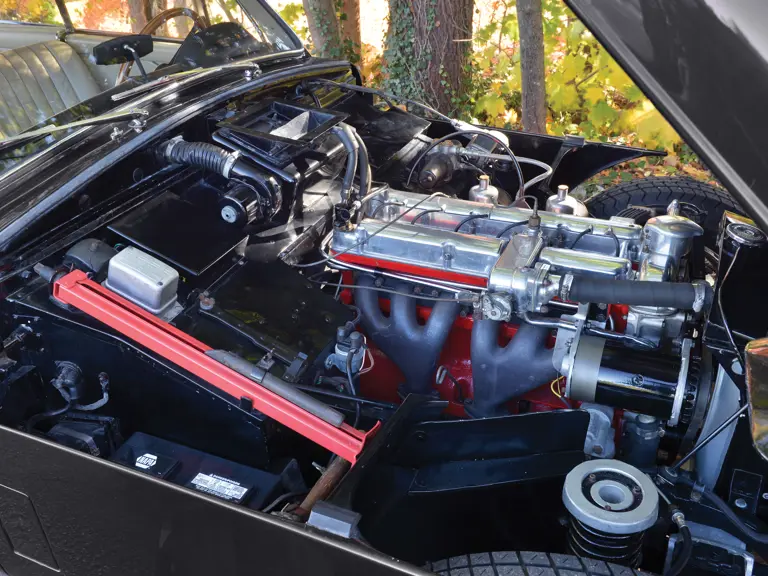
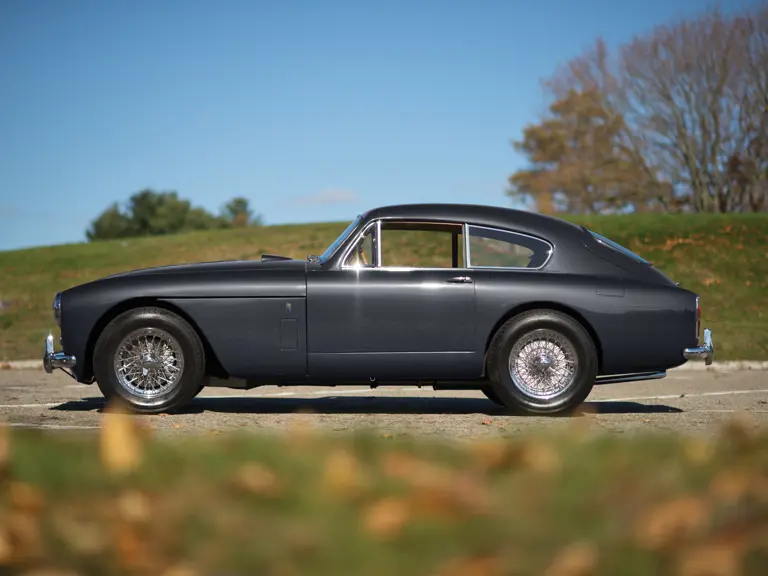
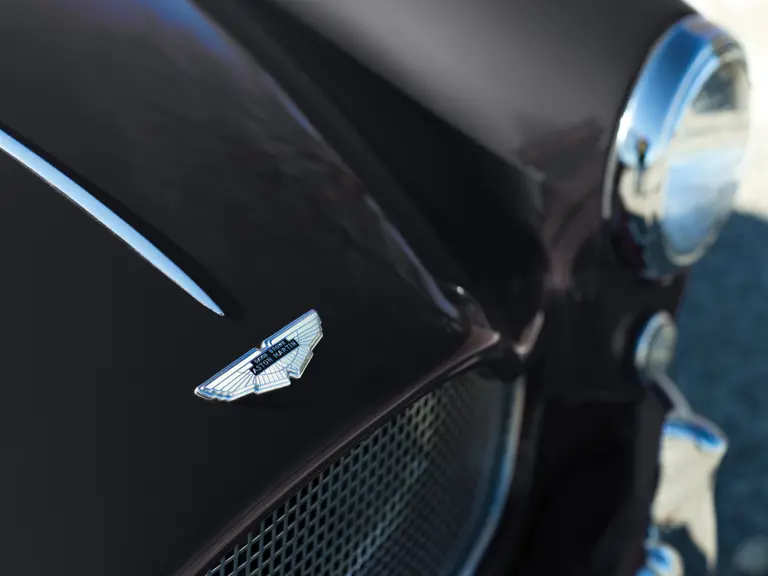
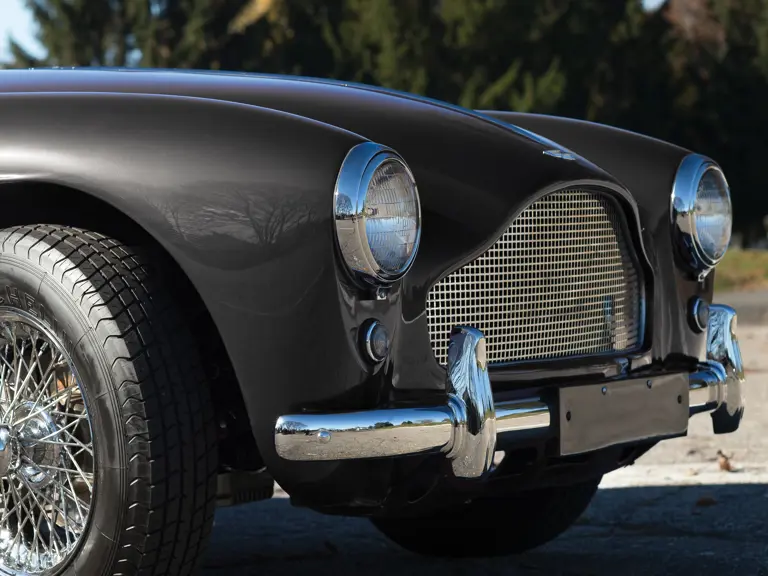
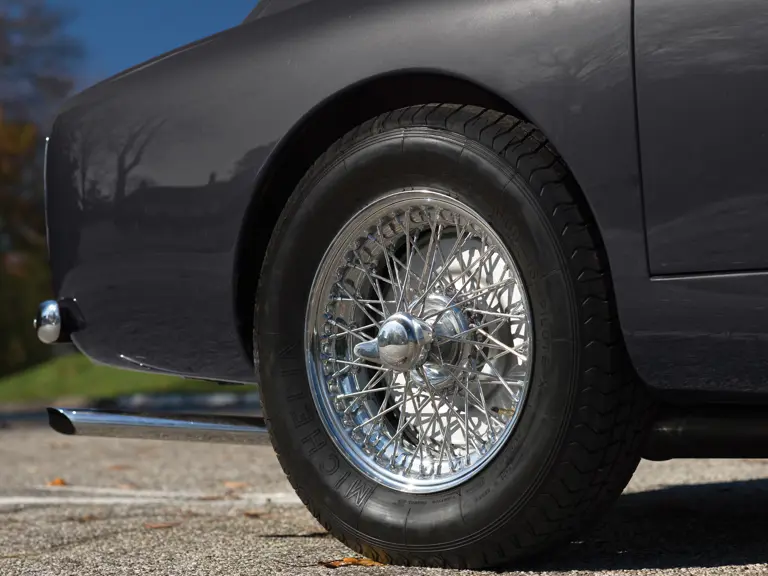
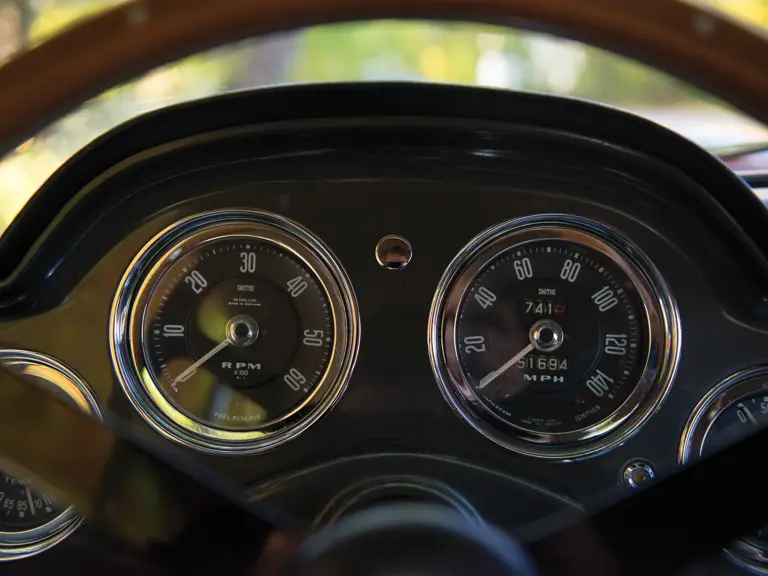
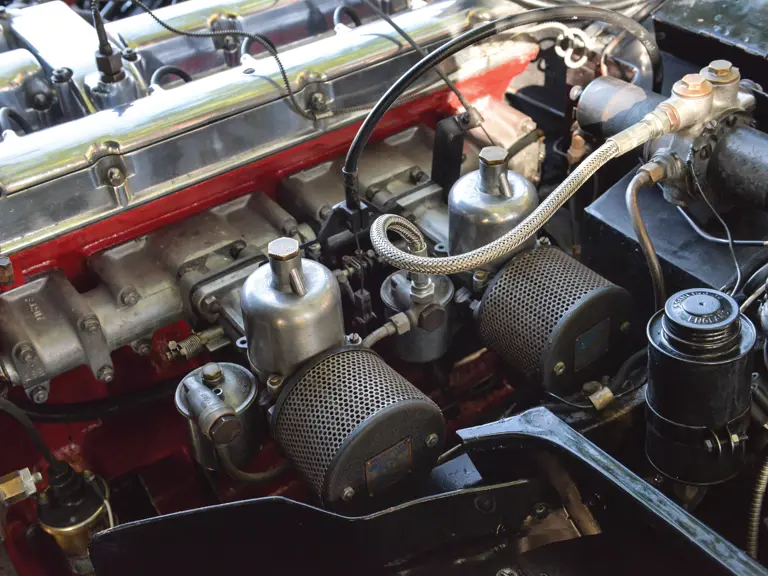
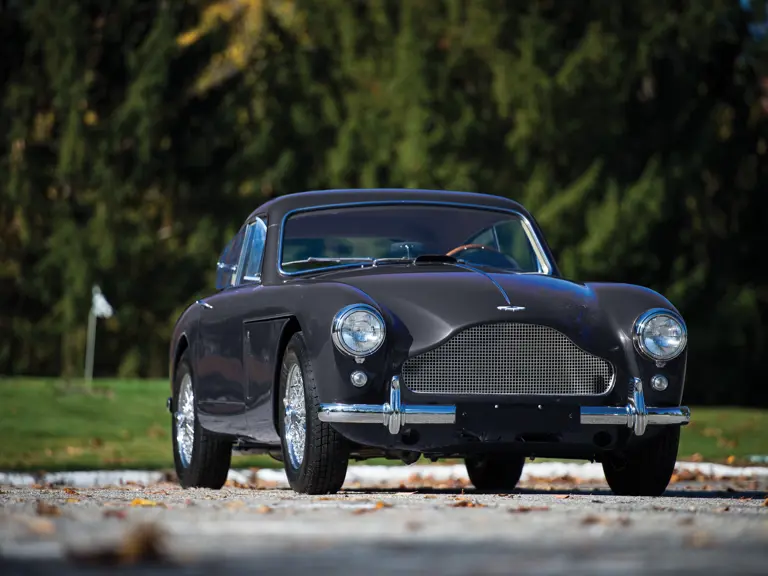
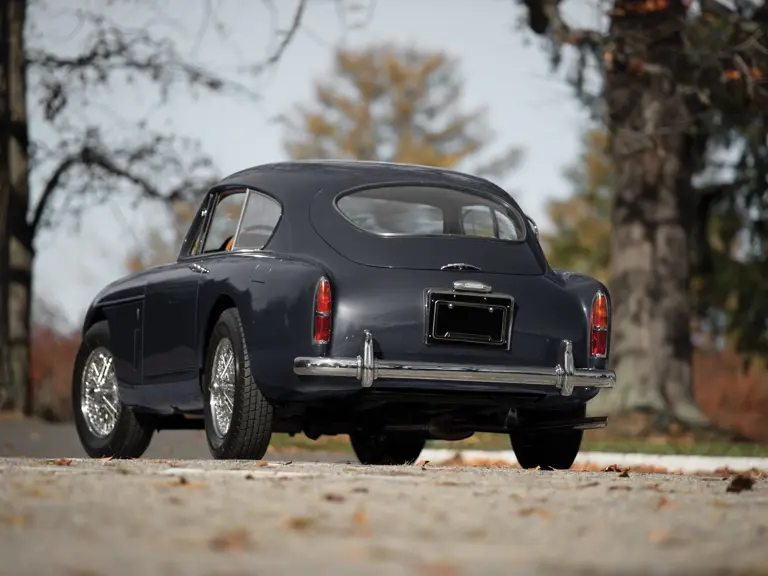

 | Phoenix, Arizona
| Phoenix, Arizona
